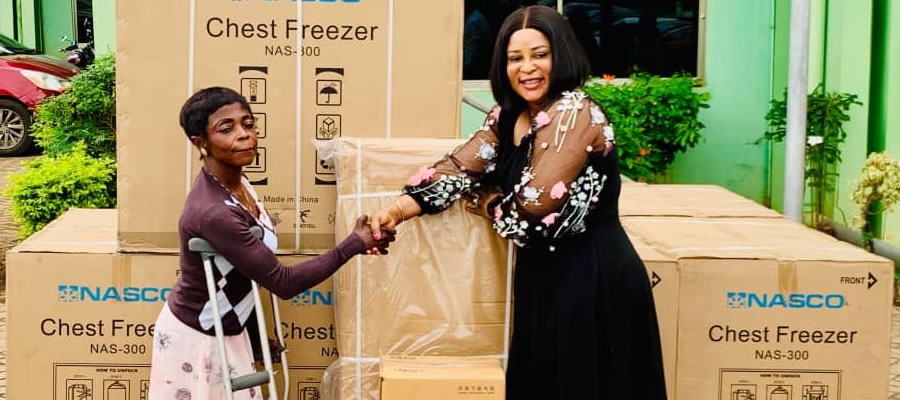

Health Service Delivery
The Ga East Municipal Health Management Team (MHMT) is responsible for all health service delivery in the entire municipality. The municipality is divided into four sub municipals for the organization and distribution of primary health care services. These subs municipal are namely Abokobi, Dome, Taifa and Haatso.
Each sub municipal health management team has the responsibility for the delivery of health services to defined areas, population and has a center with either one or two community clinics. There are trained TBAs and other care providers such as chemical shop dealers, maternity homes, traditional healers etc in the municipality. The Doctor-Patient ratio stands at 1:167,715with 1 doctors while the Nurse-Patient ratio is 1:759, with 221 nurses. There are also 46 midwives currently serving in the municipality
From the output, it is realized that OPD attendance had increased sharply in 2016 as population also increased slightly. Moreover, from research studies conducted considering the OPD attendance increased, it was concluded that more clients from other districts accessed health services in the Ga East Municipality causing the rise in sharp increase of OPD attendance in 2016.
It is important to note that malaria continues to be the major cause of Out-Patients Department (OPD) attendance. Over the past three years number of cases report has increased significantly. It accounts for about 40% of morbidity. The top 10 diseases in the municipality are given in table 1.7
All the government health facilities are rendering services to NHIS clients; however, the municipality does not have a separate scheme to manage NHIS. The Municipality is managed by the Ga Mutual Health Insurance Scheme at Amasaman. Although the municipality has agents, processing of documents is handled by the scheme at Amasaman. This greatly affects access to service delivery. There is the need to create a separate scheme in Ga East Municipality to manage the community members.
The following are the reproductive health services in both public and private facilities in the municipality
• Antenatal care (ANC)
• Supervised delivery
• Post-natal care
• Pregnancy school
• Family Planning
• Child welfare clinic
• Adolescent health
There are twenty health facilities in the municipality; this is made-up of One Health Center, One Polyclinic, two Quasi Government and Sixteen Private Health Centers. There are fourteen (14) CHPs Zones currently in the municipality with one CHPS compound. All the public health facilities provide only out-patient services. More serious cases are referred to hospitals outside the district therefore information on mortality is not available. Deaths, which occur in the communities, go unreported. The DHMT has prepared a programme to collaborate with the private health care providers to share information in this and other areas.
Some of the problems in the health sector in the municipality are:
• Lack of office accommodation for the Municipal Health Directorate. It is accommodated in rented premises.
• Lack of a municipal hospital
• Lack of public facilities at Dome and Taifa
• Inadequate space in the facilities
• Inadequate logistics.
• Lack of some caliber of staff.
• Low TB detection rate
A. BIRTHS AND DEATHS REGISTRATION
The Assembly’s Department of Births and Deaths is in charge of registration of the occurrence of deaths and births. The department currently operates two registries at Abokobi and Kwabenya. Both centers register births but deaths are registered only at the Abokobi centre. There is therefore the need to open additional centers to ensure acceptable coverage. Another challenge is the non-registration of deaths by the Muslim communities. Strategies are therefore to be adopted to ensure registration by Muslims and also open more centres for the registration of both births and deaths.
Date Created : 11/17/2017 9:23:12 AM













 facebook
facebook
 twitter
twitter
 Youtube
Youtube
 +233 593 831 280
+233 593 831 280 0800 430 430
0800 430 430 GPS: GE-231-4383
GPS: GE-231-4383 info@ghanadistricts.com
info@ghanadistricts.com Box GP1044, Accra, Ghana
Box GP1044, Accra, Ghana